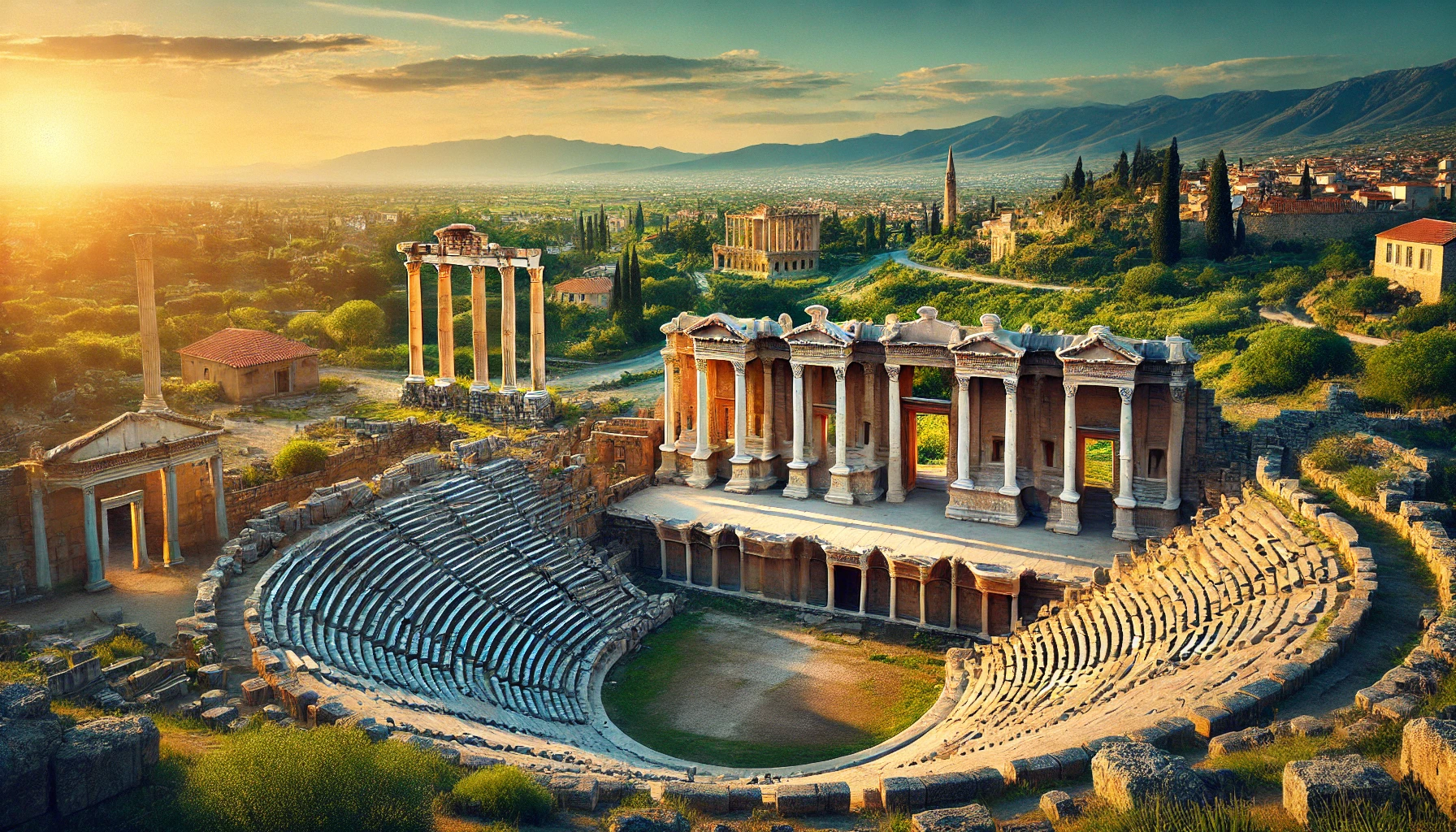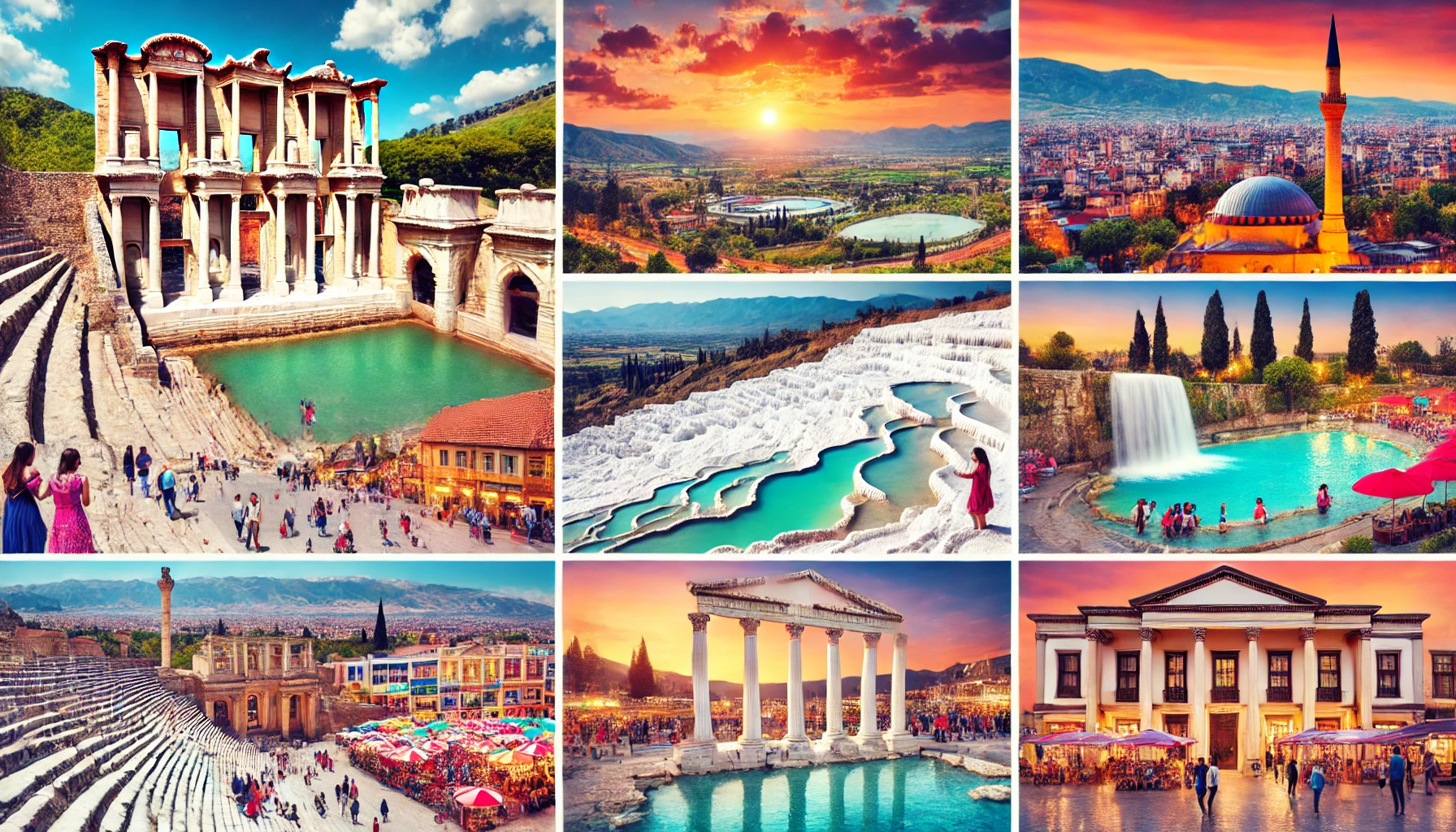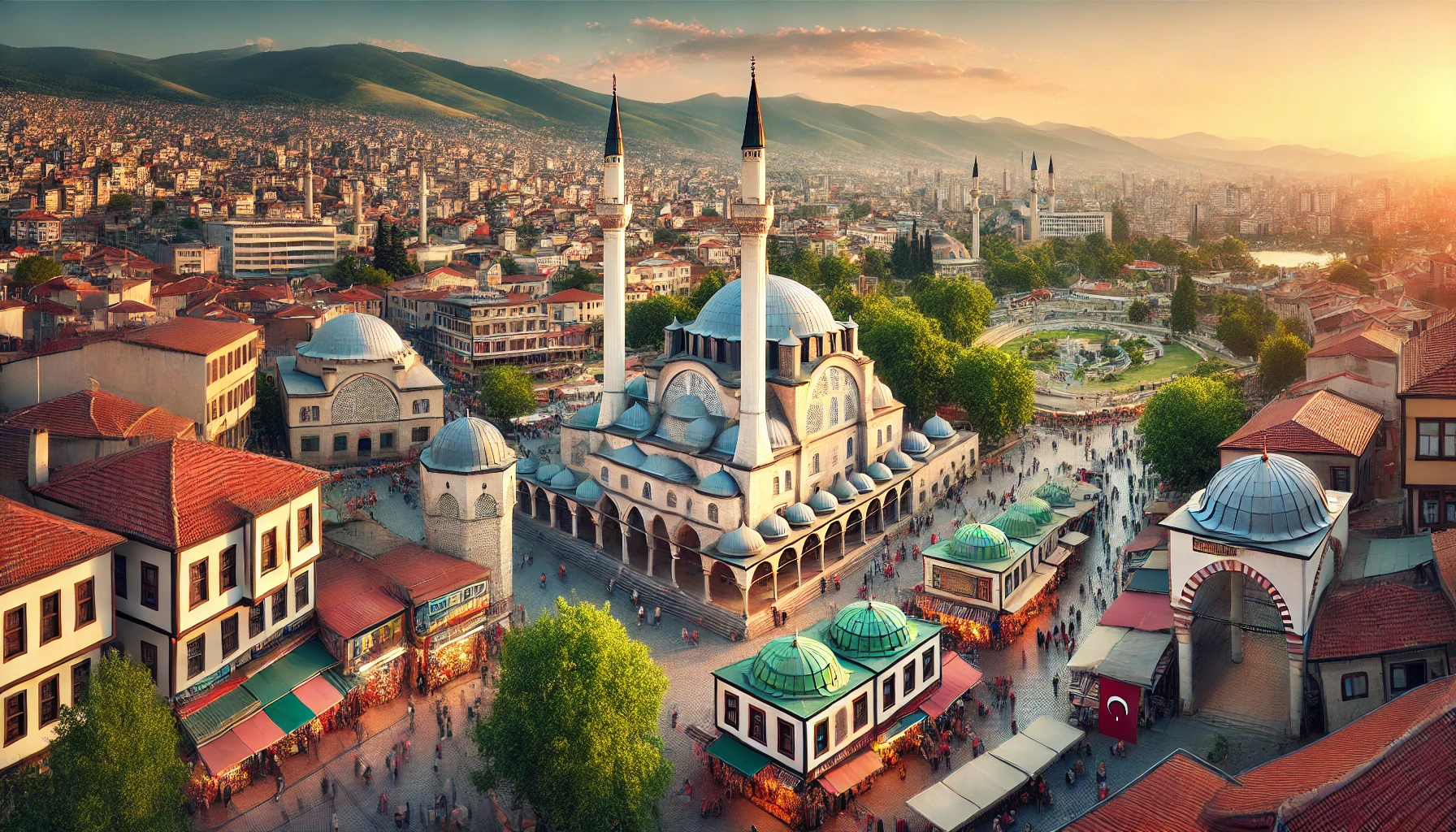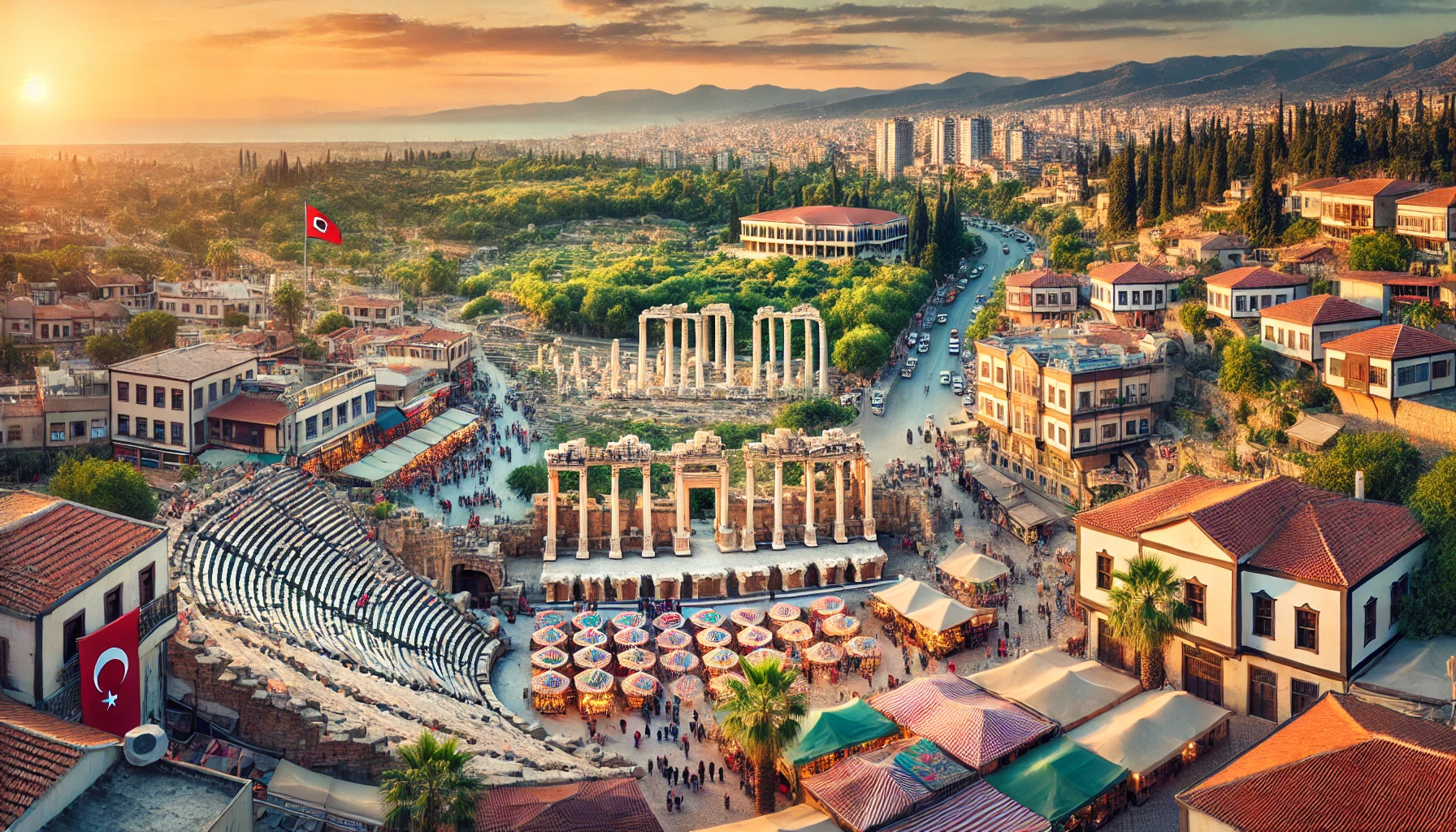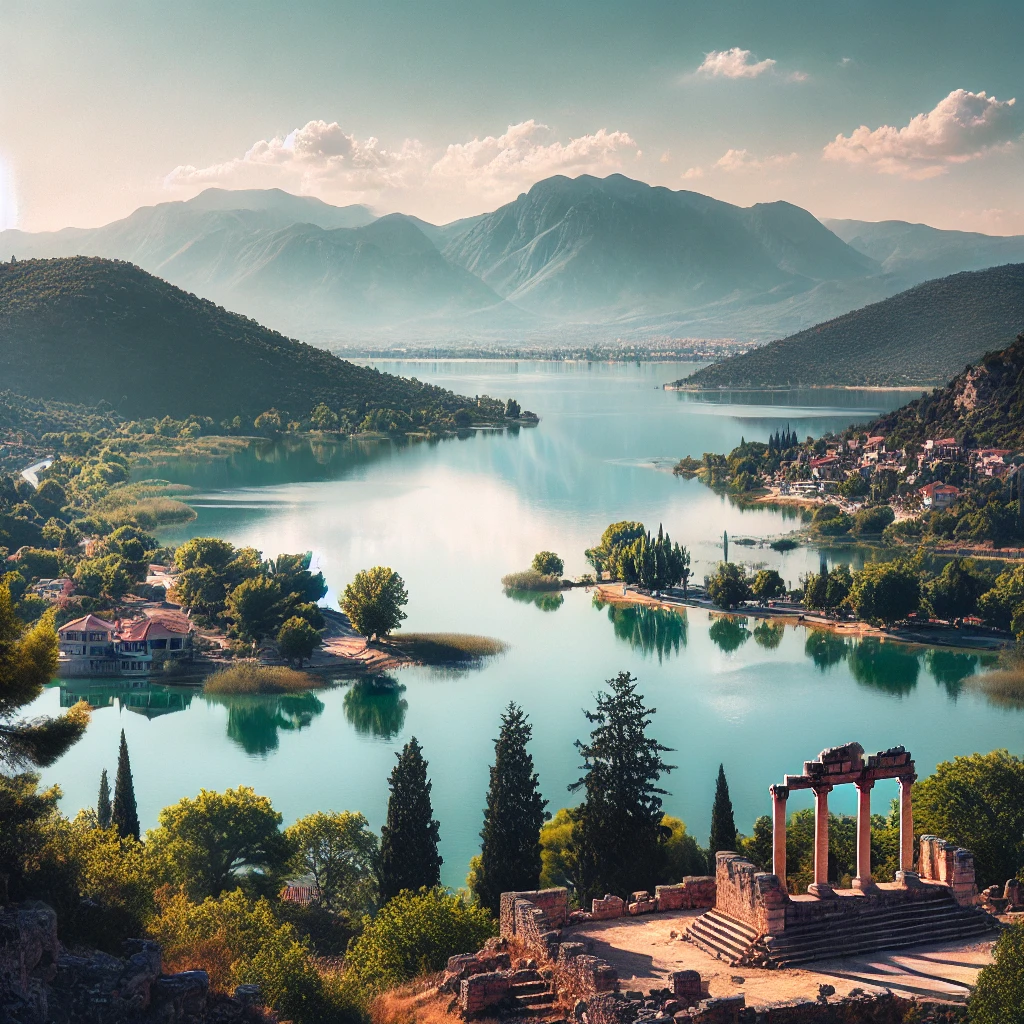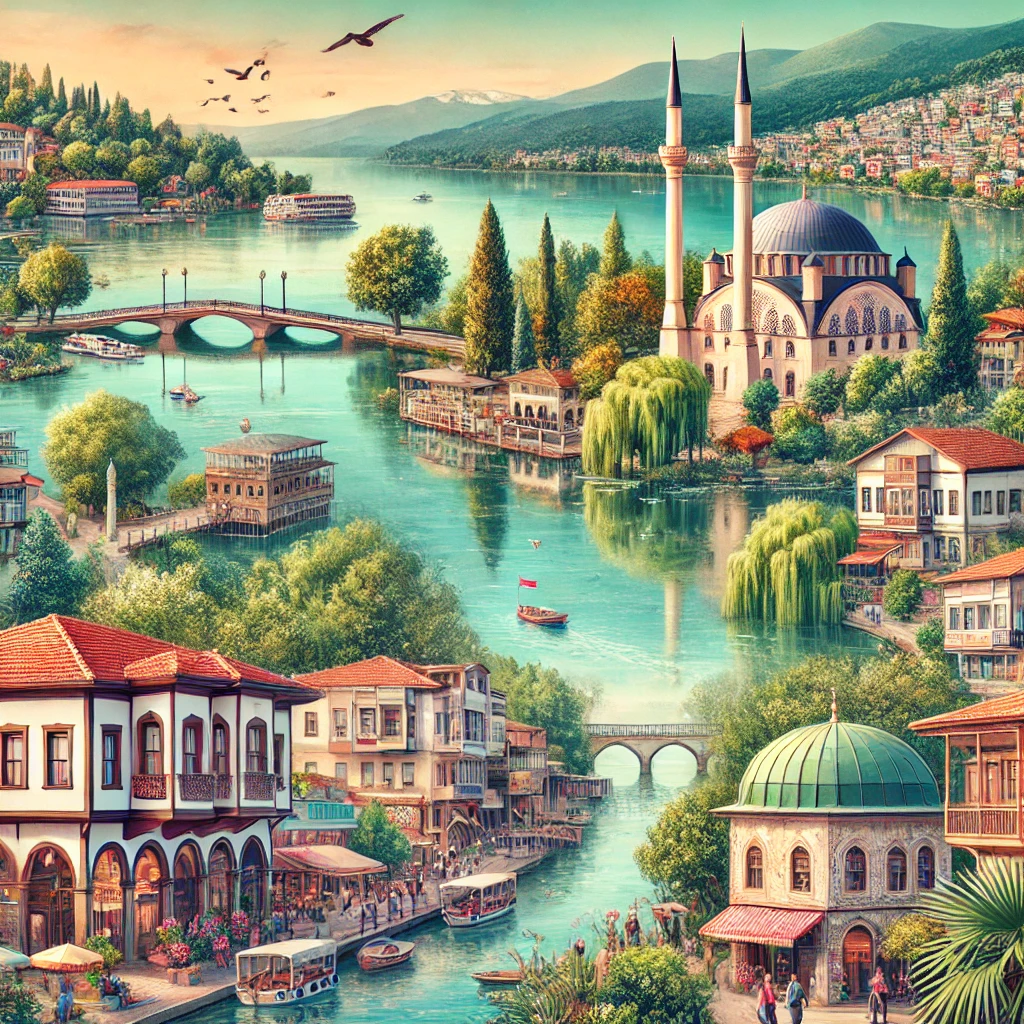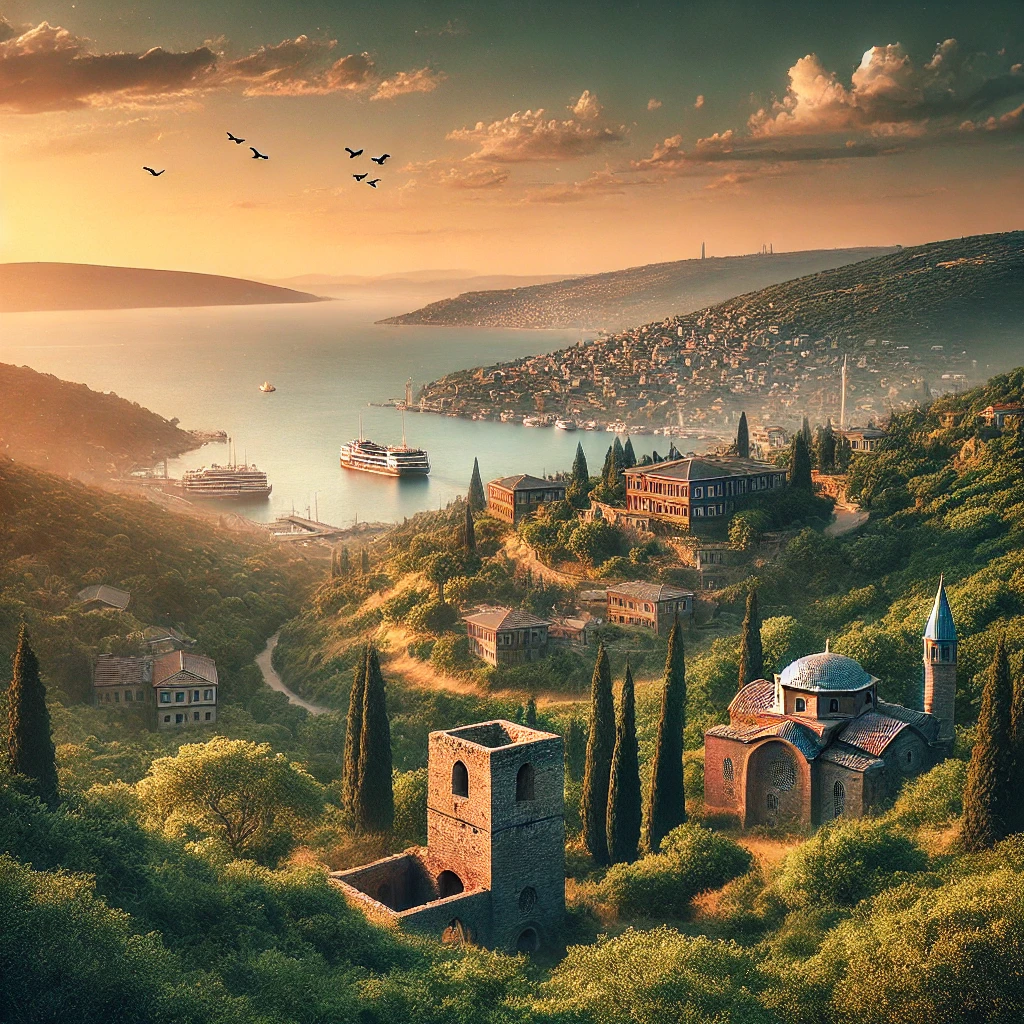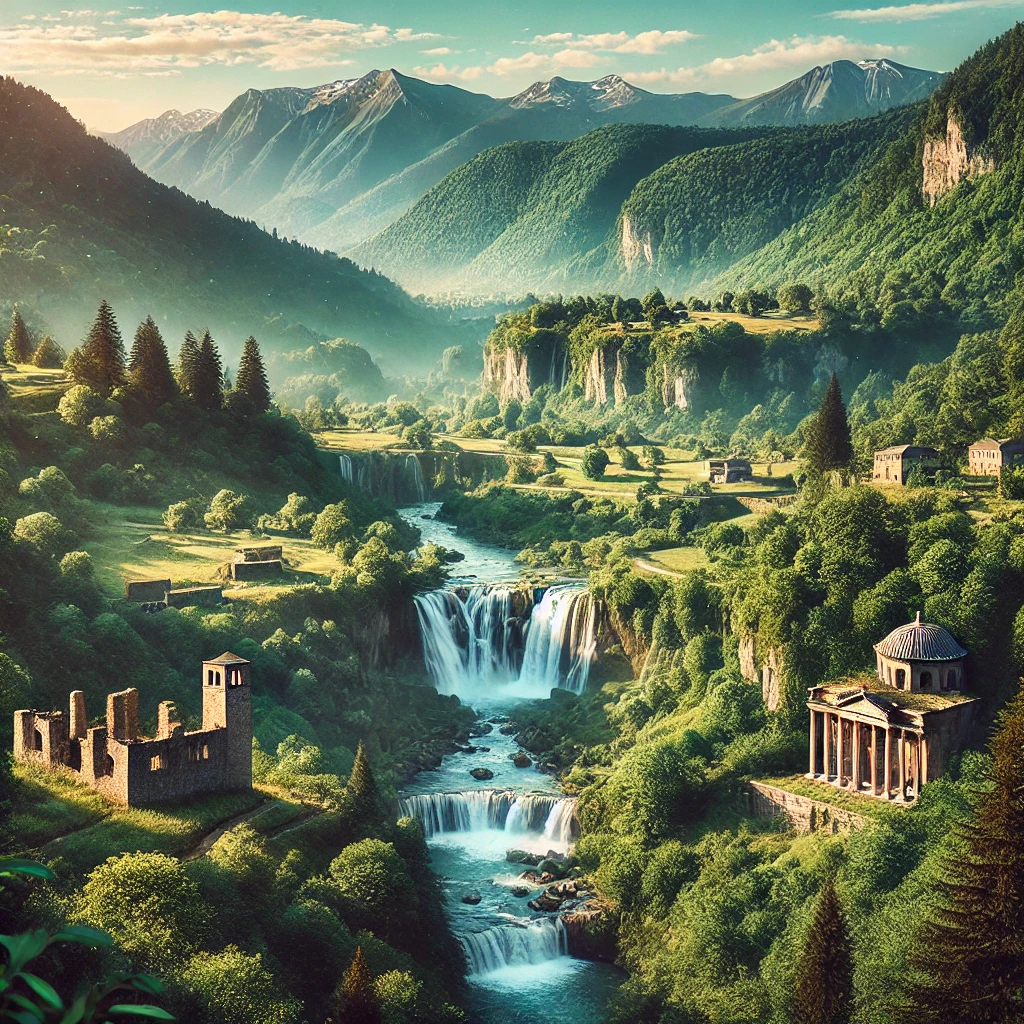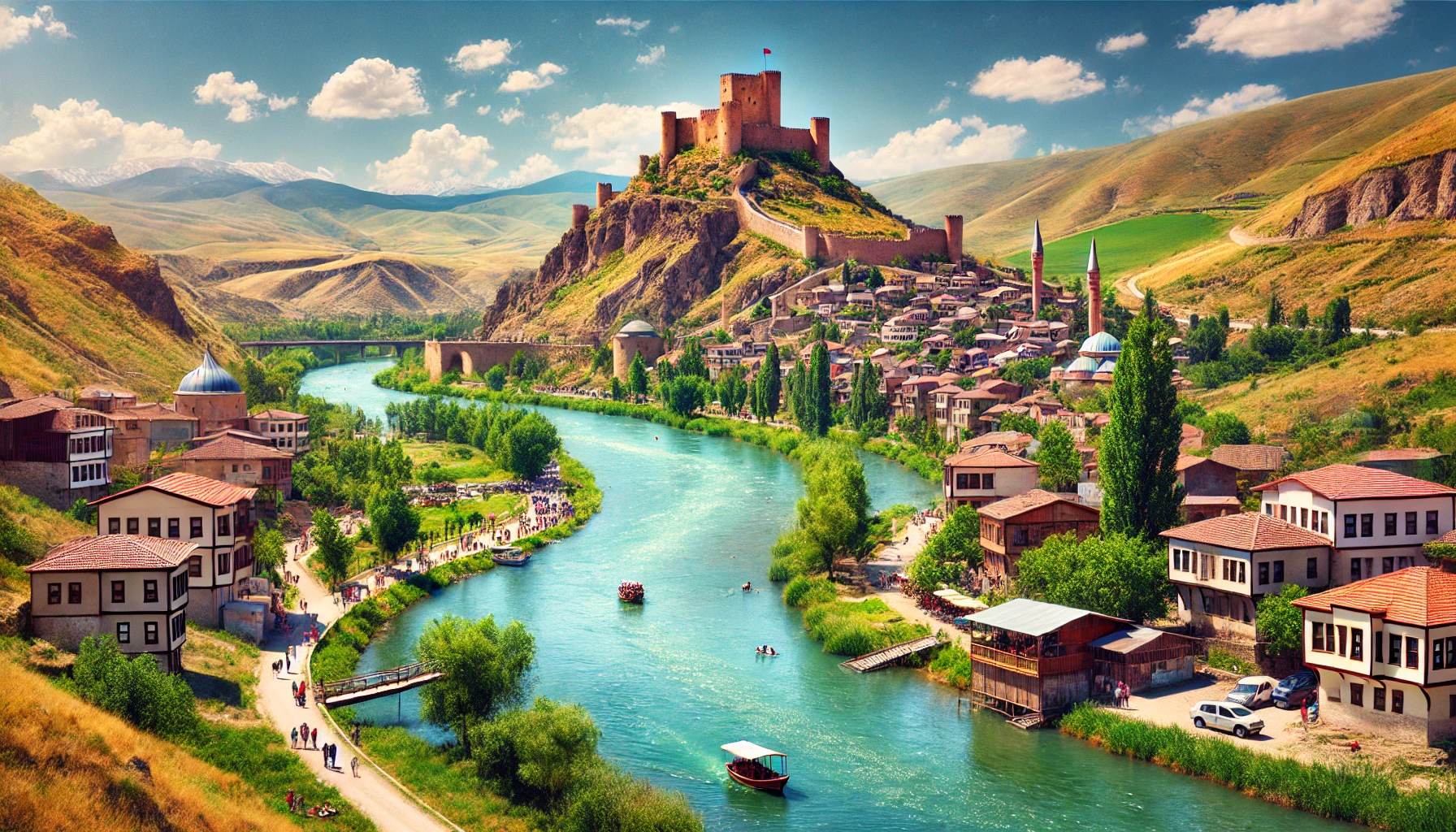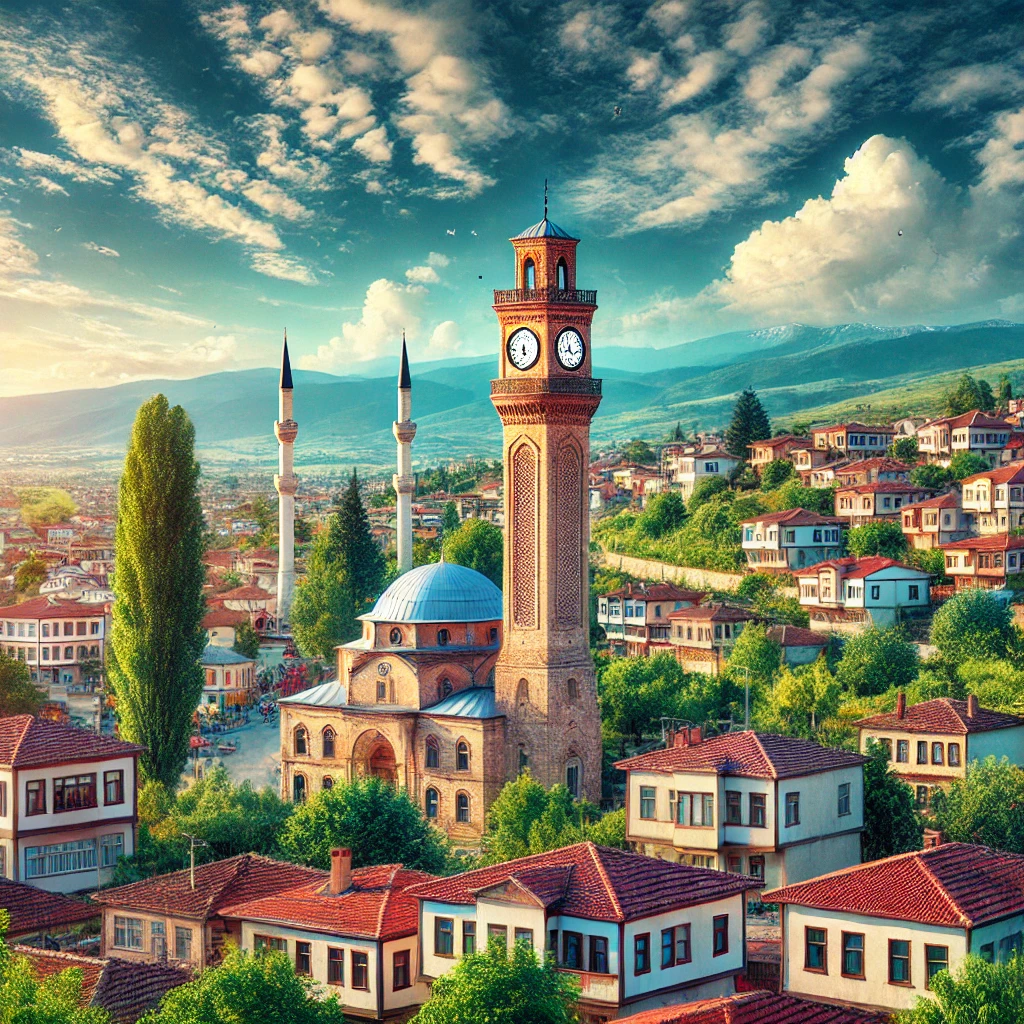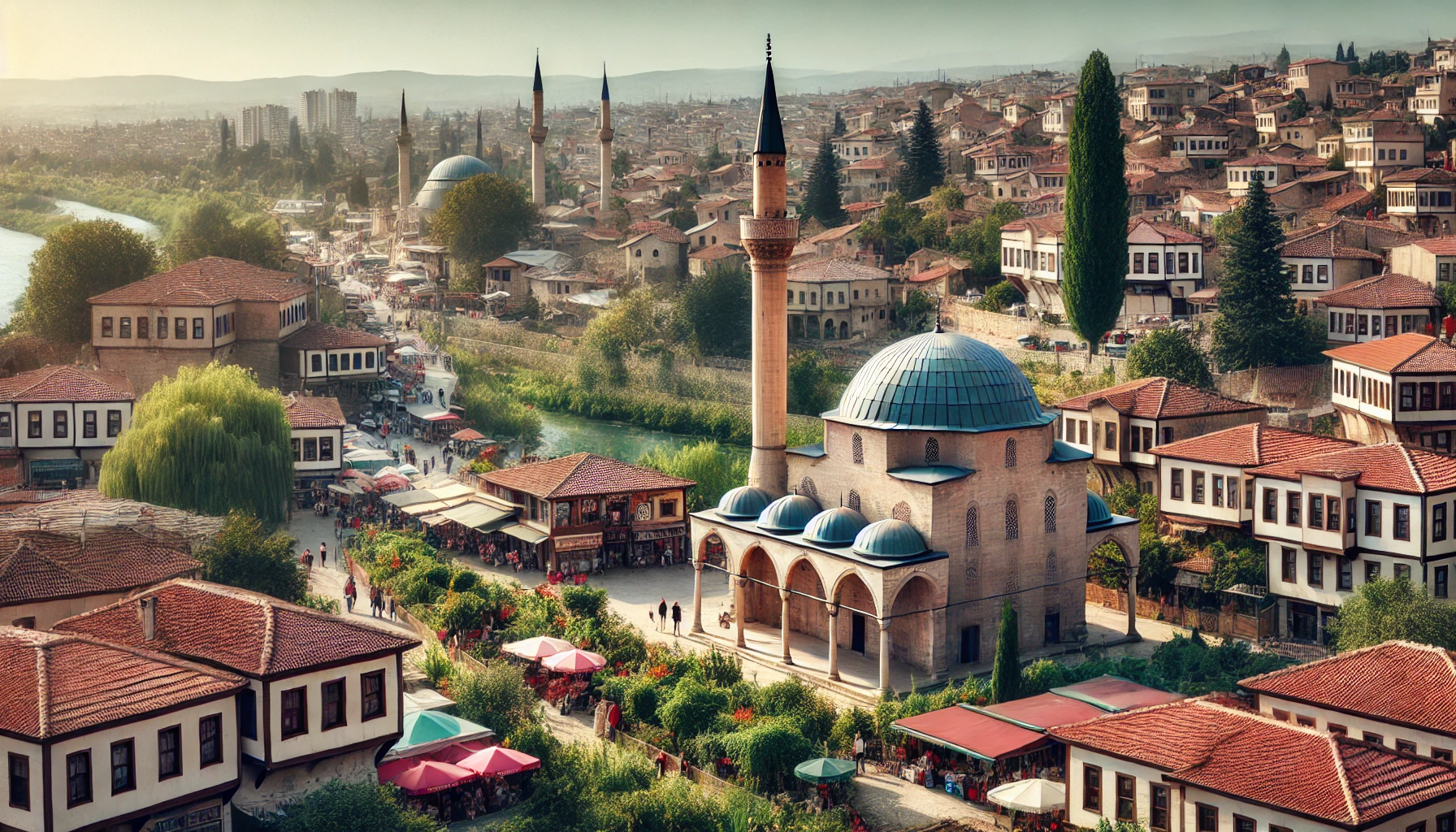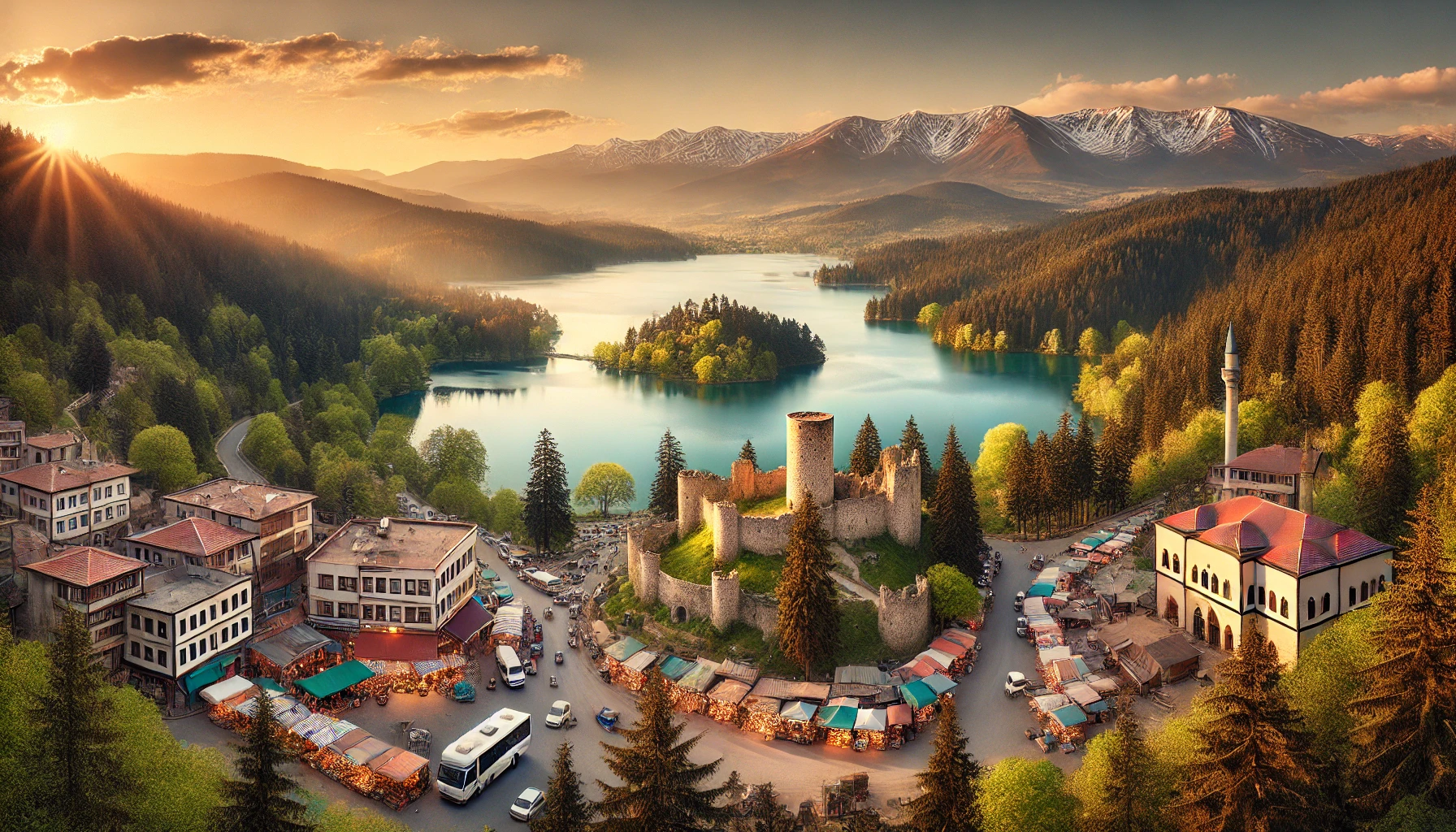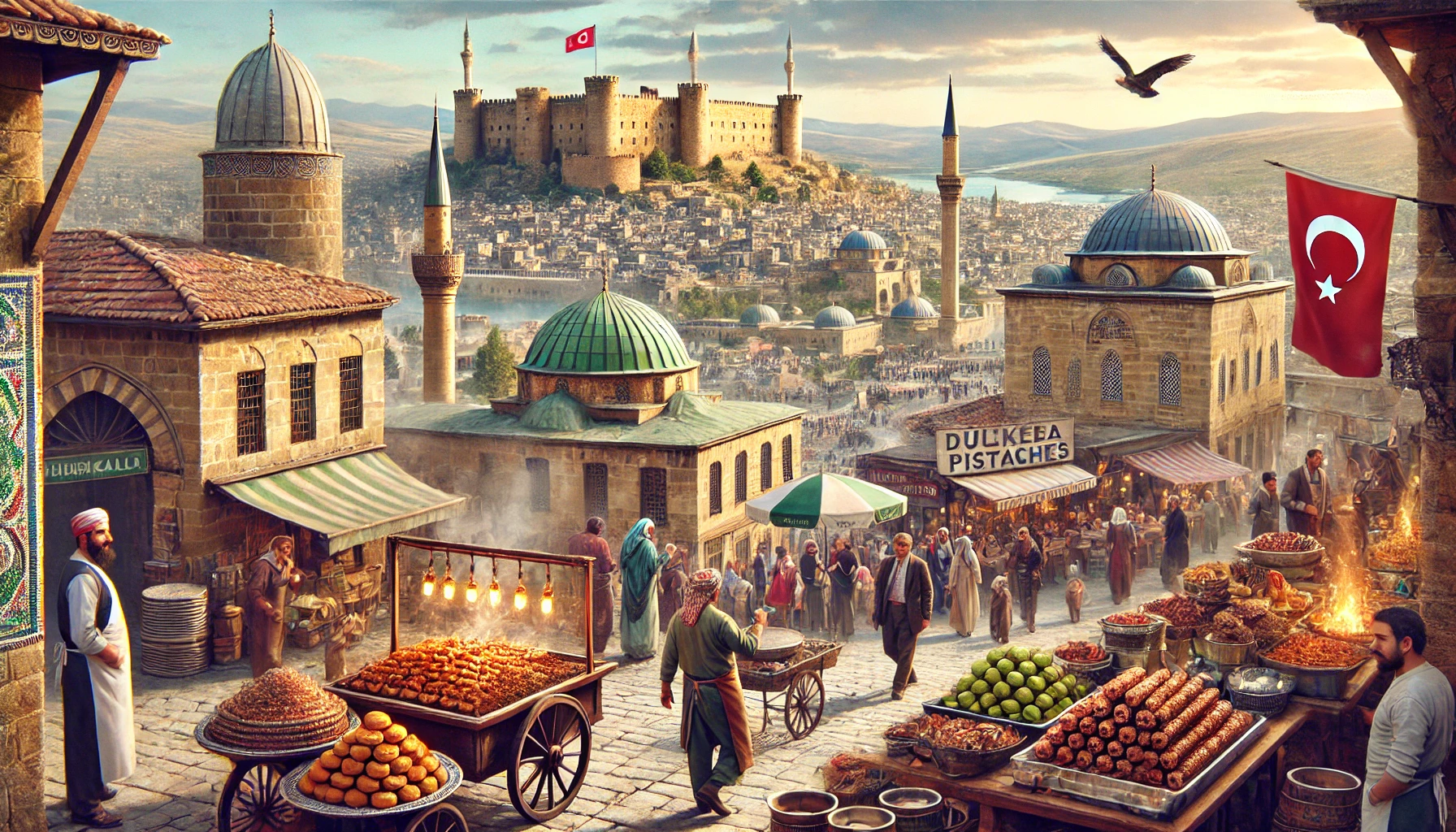Discovering Laodikea: The Ancient Gem of Anatolia
The ancient city of Laodikea, located in Denizli province, Turkey, was once one of the most prominent and influential cities in Anatolia during the 1st century BC. This historical marvel not only boasts numerous ancient buildings but also holds significant importance in the history of Christianity as one of the seven churches mentioned in the Book of Revelation. Rich in architectural heritage and cultural insights, Laodikea offers an enthralling journey through time for travel enthusiasts. This article explores the highlights of Laodikea, its historical significance, and practical tips for visitors.
A Glimpse into Laodikea’s History
The Rise of Laodikea
Laodikea, also known as Laodicea on the Lycus, was founded in the 3rd century BC by Seleucid King Antiochus II and named after his wife, Laodice. The city rapidly grew into a major trade and financial center due to its strategic location on the trade routes connecting Asia Minor with the Mediterranean.
The Roman Era
During the Roman period, Laodikea reached the peak of its prosperity. It became one of the wealthiest cities in the region, renowned for its textile industry, banking, and medical advancements. The city’s wealth is evident in its impressive public buildings, temples, and monuments.
Christian Significance
Laodikea holds a special place in Christian history as one of the seven churches of Asia Minor mentioned in the Book of Revelation. The Apostle Paul is believed to have written a letter to the Christians in Laodikea, emphasizing the city’s early Christian community.
The Earthquake of 194 AD
In 194 AD, a devastating earthquake struck Laodikea, causing widespread destruction. Despite this disaster, the city was rebuilt and continued to thrive until the Byzantine period when it gradually declined and was eventually abandoned.
Architectural Marvels of Laodikea
The Theaters
Laodikea is home to two ancient theaters, the Western Theater and the Northern Theater. These well-preserved structures offer a glimpse into the city’s cultural life and architectural prowess.
Exploring the Theaters
Visitors can explore the seating areas and stage, imagining the performances and events that once captivated the citizens of Laodikea. The panoramic views from the top tiers provide a breathtaking perspective of the surrounding landscape.
The Stadium
The stadium of Laodikea, with its impressive dimensions, was used for athletic competitions and public events. This structure highlights the city’s importance in ancient sports and entertainment.
Architectural Significance
Walking through the ruins of the stadium, visitors can visualize the grandeur of ancient sporting events and the bustling atmosphere of the crowds cheering for their favorite athletes.
The Gymnasium
The gymnasium of Laodikea was a center for physical education and social gatherings. This large complex included training areas, baths, and gardens, reflecting the city’s emphasis on physical fitness and community life.
Exploring the Gymnasium
The ruins of the gymnasium offer insights into the daily lives of the citizens, their fitness routines, and social interactions. The intricate details of the architecture showcase the city’s wealth and sophistication.
The Temple of Zeus
The Temple of Zeus was one of the most significant religious sites in Laodikea. Dedicated to the king of the gods, this temple was a center for worship and religious ceremonies.
Religious Significance
Although only the foundations and a few columns remain, the temple’s historical importance is evident. Visitors can explore the site and gain a deeper understanding of the religious practices of ancient Laodikea.
The Church of Laodikea
The Church of Laodikea is a testament to the city’s early Christian community. As one of the seven churches mentioned in the Book of Revelation, it holds great significance for Christian visitors.
Christian Heritage
Exploring the remains of the church, visitors can reflect on the city’s role in early Christianity and its contributions to the spread of the faith in Asia Minor.
Insights into Daily Life
Inscriptions and Coins
The numerous inscriptions and coins discovered in Laodikea provide valuable insights into the city’s economy, governance, and social structure. These artifacts shed light on the lives of its citizens and their interactions with the broader Roman world.
Understanding the Inscriptions
Visitors can view these inscriptions and coins in the on-site museum, learning about the city’s trade networks, political alliances, and cultural achievements.
The Government Building
The government building of Laodikea, also known as the Bouleuterion, was the center of administrative and political life. This structure housed the city’s council and was the venue for important meetings and decisions.
Exploring the Bouleuterion
Walking through the ruins of the Bouleuterion, visitors can imagine the lively debates and decision-making processes that shaped the city’s future. The architectural details reflect the city’s prosperity and importance in regional politics.
Natural Beauty and Surroundings
The Lycus River Valley
Laodikea is situated in the fertile Lycus River Valley, surrounded by lush landscapes and scenic views. The natural beauty of the area enhances the historical charm of the ancient ruins.
Scenic Walks
Visitors can enjoy leisurely walks along the riverbanks, taking in the serene atmosphere and picturesque views. The valley’s natural beauty complements the historical significance of Laodikea.
Proximity to Pamukkale
Laodikea is located near Pamukkale, famous for its thermal springs and travertine terraces. Combining a visit to Laodikea with a trip to Pamukkale offers a unique blend of history and natural wonder.
Pamukkale’s Attractions
After exploring the ruins of Laodikea, visitors can relax in the thermal pools of Pamukkale, marvel at the white terraces, and visit the ancient city of Hierapolis.
Practical Information for Visitors
Getting There
Laodikea is located near the city of Denizli in southwestern Turkey. The site is easily accessible by car, bus, and organized tours.
Transportation Options
Visitors can take a bus from Denizli to Laodikea or drive along the well-signposted route. For those joining organized tours, guides provide in-depth information and context about the site.
Best Time to Visit
The best time to visit Laodikea is during the spring (April to June) and autumn (September to November) when the weather is mild and pleasant. These seasons offer comfortable conditions for exploring the ruins and enjoying the natural surroundings.
Accommodation
Denizli offers a range of accommodation options for visitors, from budget-friendly hotels to luxury resorts.
Recommended Stays
Staying in Denizli provides easy access to Laodikea and nearby attractions like Pamukkale. Some popular options include the Dedeman Park Denizli and the Colossae Thermal Hotel.
Travel Tips
- Wear Comfortable Shoes: Exploring the ruins involves a lot of walking, so comfortable footwear is essential.
- Stay Hydrated: Carry water, especially during the hot summer months, to stay hydrated while exploring.
- Respect the Ruins: Be mindful of the historical significance of the ruins and avoid climbing or touching fragile structures.
Why Laodikea is a Must-Visit Destination
Rich Historical Legacy
Laodikea offers a deep dive into ancient history, with its well-preserved ruins and fascinating artifacts. The city’s significance in the Roman and early Christian periods makes it a captivating destination for history enthusiasts.
Architectural Marvels
The impressive architectural remains, including the theaters, stadium, gymnasium, Temple of Zeus, and church, showcase the city’s rich cultural heritage. These structures provide a tangible connection to the past and highlight the architectural prowess of ancient civilizations.
Natural Beauty
The natural beauty surrounding Laodikea, including the Lycus River Valley and nearby Pamukkale, adds to the site’s appeal. Visitors can enjoy scenic views and a tranquil atmosphere, creating a serene and picturesque setting.
Conclusion: Discovering the Wonders of Laodikea
Laodikea, with its rich history, stunning ruins, and beautiful natural surroundings, is a hidden gem in Turkey’s Denizli province. From the grand theaters and the Temple of Zeus to the tranquil banks of the Lycus River, Laodikea offers a diverse range of experiences for travel enthusiasts. As you explore this ancient city and its surroundings, you’ll uncover the stories of a bygone era and create lasting memories.
Latest Update: Jul 20, 2024
Your Content Goes Here
TAGS: ancient city of Laodikea, Bouleuterion Laodikea, historical sites in Turkey, Laodikea, Laodikea church, Laodikea ruins, Laodikea travel guide, Laodikea Turkey, Temple of Zeus Laodikea, Theatre of Laodikea, Turkey tourism
Welcome to Denizli
A brief summary of the key points in this article.

